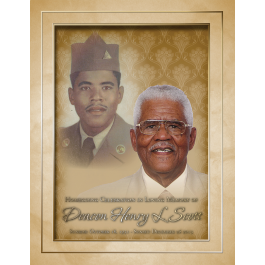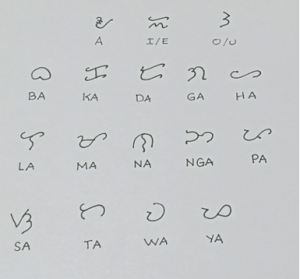

“A Tagalog barangay was a group of people ruled over by one data. Even more so, our sense of fatalism (exemplified by the phrase “Bahala Na”) feeds into our cultural and social construct of headship forms of leadership. In part, our colonial history (both foreign and domestic) has done nothing more than further embed this cultural peculiarity. The curious nature of our political milieu is that while our political system has grown and expanded our primary interpersonal leadership ties have remained intact. This is the root of any society, in fact. And what was inferred from this name is that their being called this was because, since they are known from their language to be Malayos, when they came to this land, the head of the barangay was taken for a datu, and even today is still ascertained that one whole barangay was originally one family of parents and children, slaves and relatives.”Īs Scott aptly points out, thus the roots of Philippine politics are found in highly localized structures ordered around family units and a single leader in other words loyalty was to an individual.

“These were chiefs of but few people, as many as a hundred houses and even less than thirty and this they call in Tagalog, barangay. Scott references the memoirs of Friar Juan de Plasencia (1589) and his description of political structures in Tagalog society: When Antonio Pigafetta, Magellan’s expeditionary ethnographer, went ashore to parley with the ruler of Limasawa, they sat together in a boat drawn up on shore which Pigafetta called a balangai.” - William Henry Scott “ Barangay, or balangay, was one of the first native words the Spaniards learned in the Philippines.

Its original use denotes much the same thing:

Today, barangay (obviously) refers to the smallest form of government in our country. The roots of the more prevalent concepts of leadership in the Philippine milieu can be found in the history of one word: barangay.


 0 kommentar(er)
0 kommentar(er)
